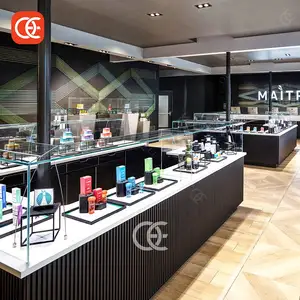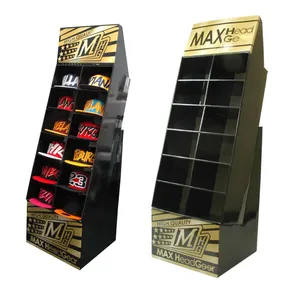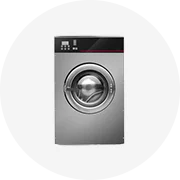If you want to display items at your shops in the most impressive way, Alibaba.com can help you do that with the sturdy and trendy mobile display case collections. These stylish and freestanding mobile display case are ideal for displaying all types of products at your space in a fabulous way. The quality of these mobile display case is very rigid and made of superior raw materials to ensure long-lasting performance and stability. These products are easy to assemble and can be maneuvered with ease from one place to the other.
The unique and robust mobile display case offered on the site are not just tough in terms of quality but are also very appealing aesthetically and spacious enough to display plenty of items in one single place. These mobile display case are very easy when it comes to installation and are equipped with compression loads feature that let them withstand any weight you put. You can also customize the shelves as well as hooks of the mobile display case as per your needs and are multi-usage.
Alibaba.com offers an exciting range of mobile display case according to their sizes, shapes, shelves, designs, and colors to let you choose as per your requirements. These mobile display case are made from all types of sturdy materials such as stainless steel, white acrylic and hardware, metal wire, wood, cardboard, and many more. The mobile display case come with powder-coated surface treatments and can be completely customized in terms of designs.
Check out the varied mobile display case ranges at Alibaba.com and go for the products that meet your finances and requirements. These items are offered as OEM products on bulk orders and you can enjoy brilliant deals at regular intervals. Customized packaging is also available along with free shipping.









































 浙公网安备 33010002000092号
浙公网安备 33010002000092号 浙B2-20120091-4
浙B2-20120091-4